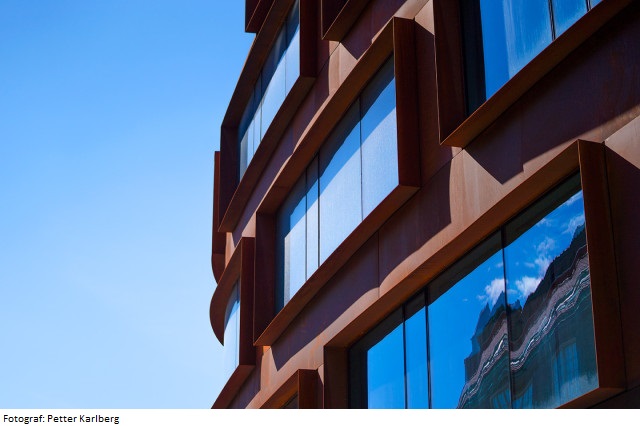The students will develop new programs, infrastructures, typologies, explore the nature of contemporary public space aiming for achieveing the higher degree of complexity of urban tissue. The context and local conditions driving the development will be measured against the new potentials of the site. The various urban forces will be explored and will include the political, legal, economical, technological and other significant factors important for the planning process.
Workshops in a studio
Tutorials
Seminars
reviews
optional study trip
Urban Anatomy
The Project is a part of Urban Studio.
This studio discusses sustainable urban development in terms of globalization, climate changes, mega cities and urban strategies - transformed into new typologies and innovative urban design.
In the process of globalization the importance of cities has re-emerged. Their ability to grow, transform and adapt to new challenges
determines the course of their development. In this context of global change we’ll be focusing on the urban responses to the challenges
of today. By looking at the city as a living organism we will relate the development of global cities to the development of
Stockholm.
At the end of the course the students should:
-Have ability to criticaly assess the local condition of urban development in relation to global changes.
-Have gained the ability to formulate and describe programmatic proosals for new urban developments
-Have attained the ability to clearly present and criticaly asses the vision for their urban strategy and proposals.
-Have developed a clear perspective of the role of urban design in current and future practice world wide thus enabling them to explore the potentials of practice of urban design that go beyond the accepted norms and conventions.
-Have gained the practical and theoretical tools for development of complex urban design proposals related to the context of globalization.
